Editor’s Note: This followin article contains major spoilers for Dune: Part Two.
The Big Picture
- Paul’s journey in
Dune: Part Two
is influenced by three powerful women representing different factions. - The film subverts the hero’s journey, depicting a tragic ending as Paul succumbs to fate controlled by women.
-
Dune: Part Two
presents a rare feminist blockbuster franchise with complex, powerful women characters.
Now that Dune: Part Two is finally in theatres, the full trajectory of Paul Atreides’s (Timothée Chalamet) journey has finally been revealed. Paul is ultimately unable to resist the course of the prophecy, and becomes the warmongering Messiah he feared. Was it himself or others who pushed him towards this path of no return? Being a film of monumental ambitions, Dune: Part Two offers an answer that’s a little bit of both.
As much as Paul tries to defy his own fate, even he doesn’t seem to be fully aware that it is influenced, if not controlled, by at least three forces – the Emperor, the Fremen, and the Bene Gesserit, all with agendas of their own, and all represented in the story by important women.
A key scene that underlines this idea is the final scene of the film, as Paul confronts the Emperor (Christopher Walken) and ascends to the throne. After defeating Feyd-Rautha (Austin Butler), Paul demands the Emperor kneel to him and kiss his feet. After the Emperor acquiesces, the entire room kneels with him, except for three women left standing. They are Paul’s lover Chani (Zendaya), Paul’s new bride Princess Irulan (Florence Pugh), and Paul’s mother-turned-Reverend Mother Lady Jessica (Rebecca Ferguson). With the aid of Oscar-winning editor Joe Walker, director Denis Villeneuve cuts between these three women and Paul, visually presenting Paul as being trapped between this triumvirate, and proving how women-driven Dune‘s story has been the entire time.
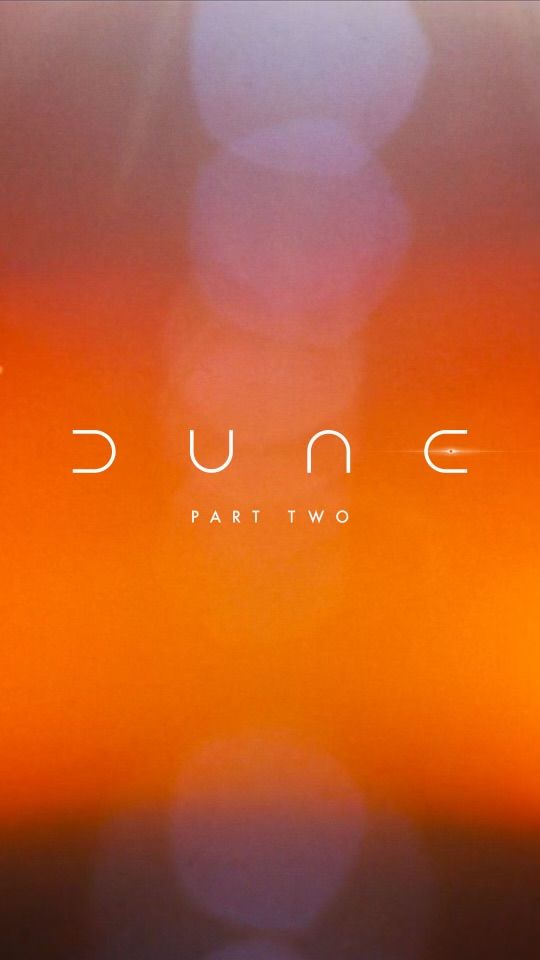
Dune: Part Two
Paul Atreides unites with Chani and the Fremen while seeking revenge against the conspirators who destroyed his family.
- Release Date
- March 1, 2024
- Director
- Denis Villeneuve
- Runtime
- 166 minutes
- Writers
- Frank Herbert , Jon Spaihts , Denis Villeneuve
Jessica Ties Paul to the Bene Gesserit and Two Major Houses in ‘Dune: Part Two’
Lady Jessica has been training Paul in the Bene Gesserit ways for his entire life, and for Dune: Part Two, Villeneuve specifically adapts the original book by Frank Herbert to increase her role in Paul’s rise. Jessica is shown to be the true scheming force behind the scenes, converting the agnostic Fremen one by one. In one of the most emotional scenes of the film, Paul screams at her, saying, “You brought this to me!”, referencing his own cursed fate.
But, Lady Jessica also represents the legacy of House Atreides, as she and Paul are the only two Atreides left alive, after their massacre in Dune. On top of that, it is revealed that she has been a Harkonnen all along. In a stunning plot twist, she turns out to be the daughter of Baron Harkonnen (Stellan Skarsgård), the person who massacred her and Paul’s family. It is because of this complex, tangled web of fate that Paul feels he has no choice but to accept his fate.
Chani’s Time in the Dune Series Is Not Over
Chani, who has been brilliantly adapted by Villeneuve to be the audience surrogate of Dune: Part Two, is a nonbeliever in the prophecy and Paul’s conscience. She represents the original, untouched side of Paul, the one that wants to resist the throne and return Arrakis to the Fremen. But as good as her intentions are, she is also controlling Paul. The first hour of Dune: Part Two shows not only Paul and Chani falling in love with each other, but also Chani teaching Paul the ways of the Fremen, including how to sand walk, how to cross the desert, etc.
Chani emotionally manipulates Paul in an attempt to dissuade him from power, by visibly getting upset, starting a verbal fight, and, at one point, slapping him in front of the public. Ultimately, her attempts fail, as she witnesses her lover become everything he and she both feared. In a final act of resistance, she storms out of the room as Paul leads her people to a Holy War. Villeneuve crucially places the final shot of the film on her anguished face as she rides a sandworm, emphasizing her agency and the fact that her part in the story is not done.
Irulan Represents the Empire and Also the Bene Gesserit Intentions
Princess Irulan may have the smallest part among these women, but Villeneuve makes her presence feel bigger than it is. Borrowing Herbert’s device of Irulan’s epigraphs from the book, Villeneuve occasionally cuts back to Irulan noting the events of the film in her diary, setting her up as an omniscient, powerful force. As the Emperor’s daughter, she represents the royal family that plotted House Atreides’ downfall at the hands of House Harkonnen, and in the little screen time she has, she is shown to be a close advisor to the Emperor, despite being decades his junior.
Not only is she a close advisor, she is a very good one, as her predictions in a scene with the Emperor all turn out to be true. While the Emperor says she underestimates his army, she says he is underestimating the power of fate, and that using force will only end up humiliating him. It is indeed the Fremen’s faith that allows them to storm through the Sardaukar, the Emperor’s army. In a final act of political dexterity, she saves her father’s life by making it a condition of her engagement to Paul. This is before getting to the duality of her also being Bene Gesserit, and the Bene Gesserit being the force behind all forces.
‘Dune’ Is a Subversion of the Hero’s Journey at the Hands of Women
But those are not the only women deciding the fate of the galaxy, there are other power players like the OG Reverend Mother Gaius Helen Mohiam (Charlotte Rampling), the cunning Margot Fenning (Léa Seydoux), and Chani’s best friend Shishakli (Souheila Yacoub), who arguably replaces Dr. Liet-Kynes (Sharon Duncan-Brewster) from the first film. It’s safe to say that Dune: Part Two would pass the Bechdel test with flying colors. And, unlike many modern studio movies in the 21st century, these women aren’t here for mere “girlboss” lip-service. Instead, they play a crucial role in the narrative structure of Dune, specifically in the subversion of the hero’s journey.
As ominously pronounced from the first film onward, the character arc of Paul Atreides will be no ordinary hero’s journey as commonly seen in other movies. Of course, there are still the typical elements, such as resisting the call before ultimately stepping up to it. But instead of taking control of his own fate, Paul gives into it. He fights a battle against his premonitions and loses it. This successfully makes the ending of the film feel like a tragedy, not a triumph, even as Paul leads the Fremen to fight back their colonizers. It is a mixed feeling of victory, dread, and defeat.
That Paul’s “inevitable” is controlled and represented by women, not men, only heightens the film’s emotions. These characters are Paul’s mental enemies, while the men of Harkonnen only represent the physical. Herbert and Villeneuve absolutely play up the gender aspect of this dynamic. Herbert emphasizes the femininity of the Bene Gesserit by weaponizing it as part of their breeding program. Visually, Villeneuve’s Bene Gesserit are the only characters allowed to wear non-utilitarian costumes and colors not black, white, or grey in both movies. It’s also very rare to portray a big blockbuster hero as a boy who is attached to his mother, but Villeneuve is unafraid of it. Protecting his mother is one of Paul’s main goals in both films.
‘Dune’ Is a Rare Feminist Blockbuster Franchise
Is it too soon to call Dune: Part Two feminist? Maybe, but rarely in a big blockbuster series do we get so many female characters who are vital to the story. Many of the sci-fi franchises that Herbert’s book inspired only relegate women to supporting roles of sidekick and love interest – Star Wars‘s Princess Leia being the most famous example. In contrast, there are many more women in Dune. They are not reduced to their gender (even though their gender is a very important part of the plot and that nonetheless grants them plentiful agency). They even represent the forces controlling the protagonist’s fate. This is why Frank Herbert’s story is still a cut above all these other disciples in its wake.
Dune: Part Two is in theaters now.












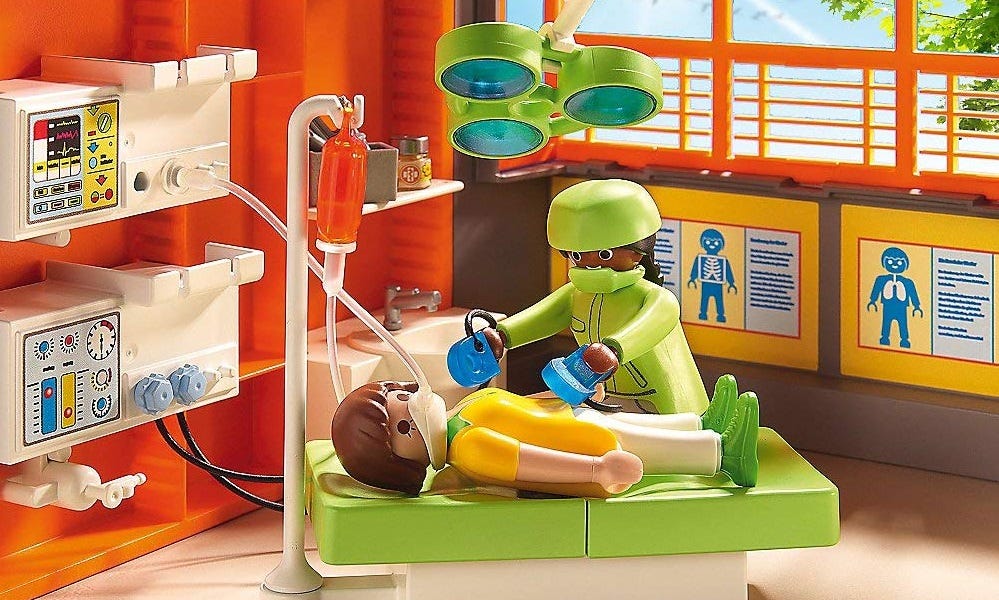














































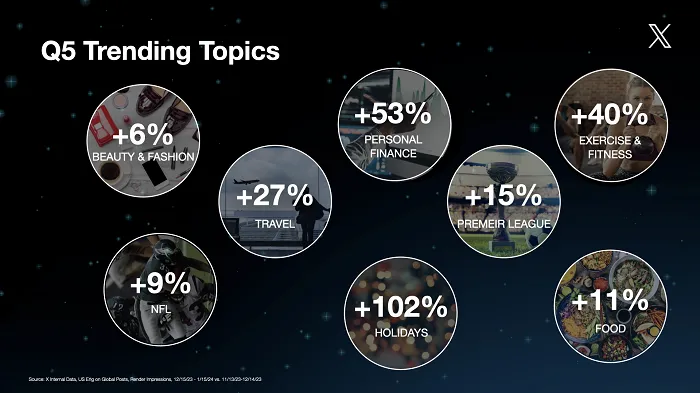

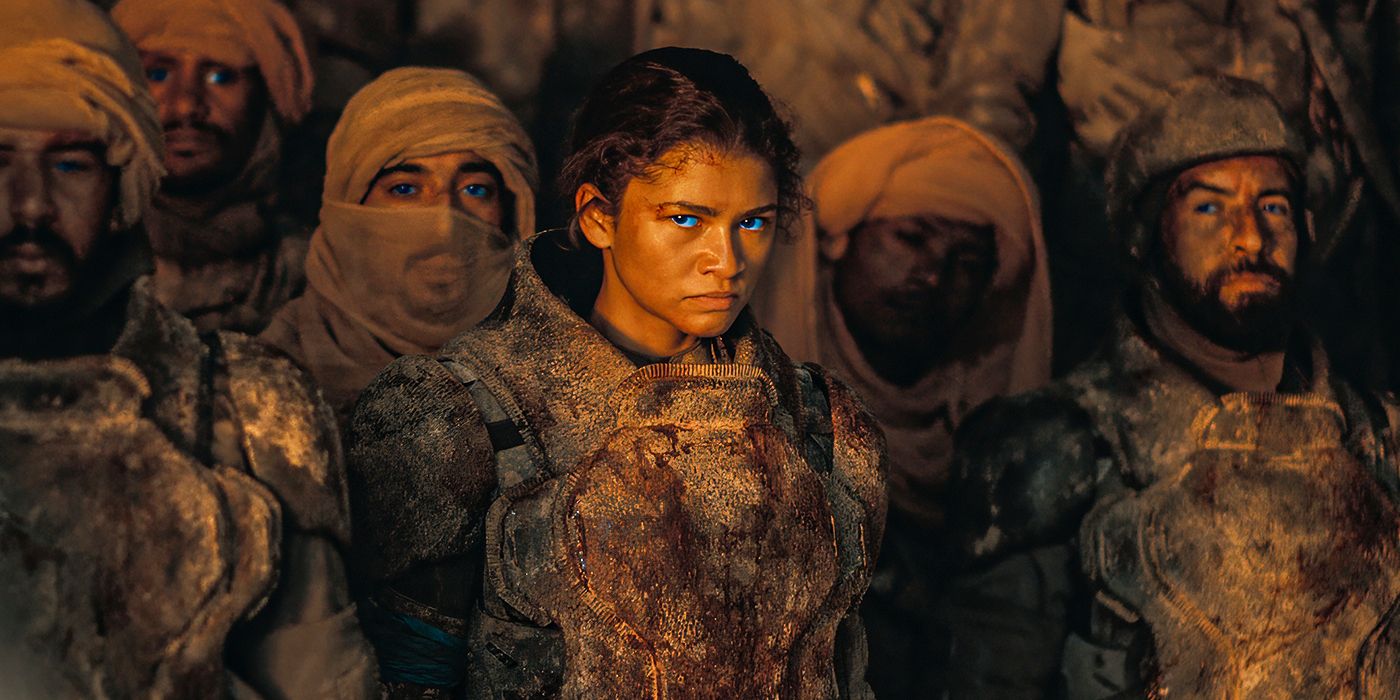
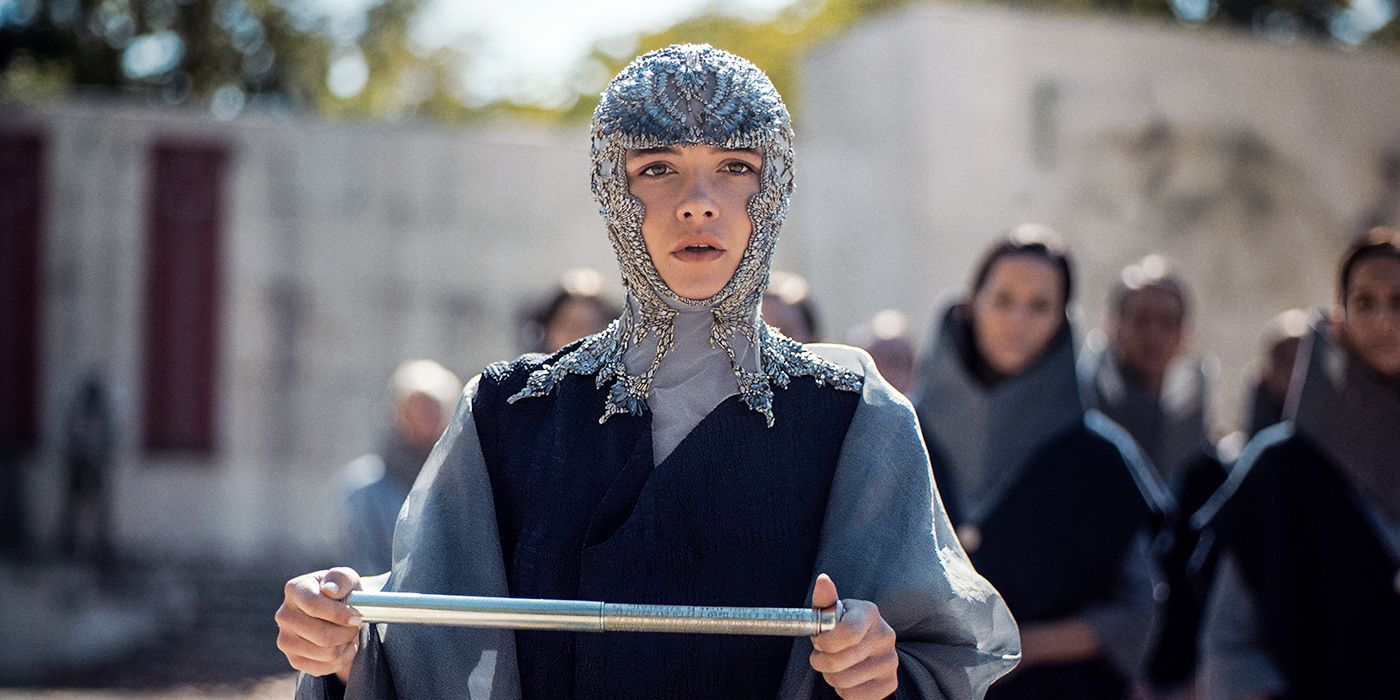





![LinkedIn Provides Tips on How to Promote Live Events [Infographic] LinkedIn Provides Tips on How to Promote Live Events [Infographic]](https://imgproxy.divecdn.com/kA4YczoBIs8NmPBiERWa-OxzvYMz5kwjjZ6wewP8z7c/g:ce/rs:fit:770:435/Z3M6Ly9kaXZlc2l0ZS1zdG9yYWdlL2RpdmVpbWFnZS9saW5rZWRpbl9ldmVudF9hZHNfaW5mb18yLnBuZw==.webp)





